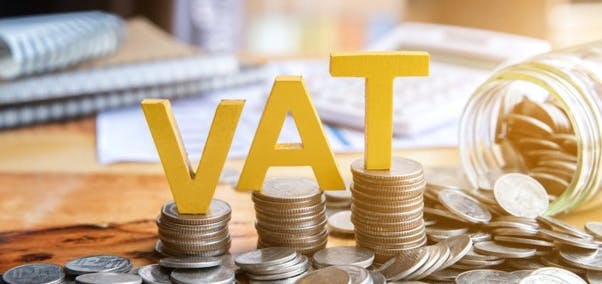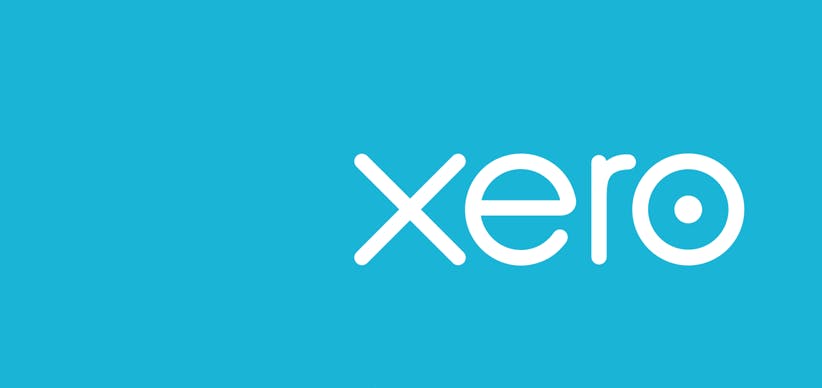In the first part of this series, we discussed the mechanics of who pays VAT. The second part discussed when you need to register, whether you might choose to do so voluntarily and the different rates of VAT.
In the final part, we are going to discuss your obligations, record keeping and how to process VAT returns.
Deadlines
For businesses that file quarterly, which is the large majority, VAT returns are due 1 month and 7 days after the end of the VAT period. If your VAT quarter was January to March, you have all of April and the first 7 days of May to complete your VAT return, meaning the deadline is the 7th of May.
This is also the date on which your VAT payment will be due. You can set up a quarterly direct debit to ensure that the payment is made on time.
Invoices
The first thing to note is that all your invoices out from the date of your VAT registration need to have VAT on them, along with your VAT registration number. It is possible that your date of registration may be backdated. In this case, you will need to reissue invoices that have been sent since that date without any VAT.
There are then two options with how to deal with reissued invoices – the first is to ask for your customers to pay the additional amount, which would turn a £100 invoice into a £120 invoice for them.
This may not be a good option for you from a customer relations point of view, so you may choose to use option 2, which would be to keep a £100 invoice at the same value but have VAT as part of that £100. This would effectively make the invoice £83.33 with the remainder being VAT. You would need to absorb the £16.67 lost revenue in this instance.
If your customer is VAT registered, I would always suggest the first of these two options. If they are not, then you may need to decide on how to handle the change.
You will probably also want to give all your customers a heads up that you have become a VAT registered company, although this is more a matter of courtesy rather than a requirement, but it might be better for them to find out this way rather than receiving an invoice for a larger amount than expected.
There are other changes you may need to make to your invoices, such as including your VAT registration number and ensuring that the VAT amount is displayed separately from the total amount of the invoice.
Receipts
You can reclaim the VAT on any of your purchases, subject to a having a VAT receipt from your supplier. As with the invoices you send out, it needs to show the supplier’s VAT number and the amount of VAT charged.
On some occasions, you may not have a VAT receipt, or your supplier may not have been able to provide you with one. In these instances, you will need some sort of alternative documentation to show that VAT was paid.
Without any proof that you have paid VAT, you cannot reclaim the VAT on that purchase.
Reclaiming VAT when your sales are Exempt from VAT
You are not able to reclaim VAT on purchases where the relate to you selling a good or service that is VAT Exempt.
Most businesses who are exempt from charging VAT do not register for VAT as they are unable to reclaim the VAT on purchases, so it is not worth doing. However, there may be business which sell goods or services that are Exempt as well as goods or services that are not Exempt. In this instance, you can reclaim VAT on anything that is directly linked to your non-Exempt sales and a percentage of anything that relates to both (e.g. office overheads)
Mileage
You can reclaim VAT on your mileage. This is calculated as 1/6th of your total mileage claim – however there must be a valid VAT receipt for the fuel purchase.
This is the main exception to needing a VAT invoice for the exact amount you are reclaiming. As I have mentioned previously, VAT is made up of a lot of case law, so there are always quirks and I would recommend getting a professional to do your VAT return for you when possible.
Filing your VAT return
Over the last few years, HMRC has been implementing its Making Tax Digital (MTD) program for VAT. What this means is that you are now required to file your VAT return digitally and with your source data all linked to your filing.
The best way to do this is to use software, such as Xero or Quickbooks. There are many other advantages to using software, however I would strongly recommend software for all VAT registered businesses as it will reduce the amount of work required. This software will link directly to HMRC and allow you to file your VAT return with minimal stress.
Most businesses file their VAT returns quarterly, although some do so annually.
It is important that all your invoices and receipts are kept. It is possible that HMRC may request to see this supporting evidence at some point and having it easily accessible will help to prove that you have filed your VAT return correctly.
Most software has the option to upload the documentation and attach it to the transactions. This is strongly recommended, as it will be easy to answer any future queries.
Conclusion
I hope this 3-part series has given you a good understanding of how VAT works. If you need any further support, please don’t hesitate to get in touch.



